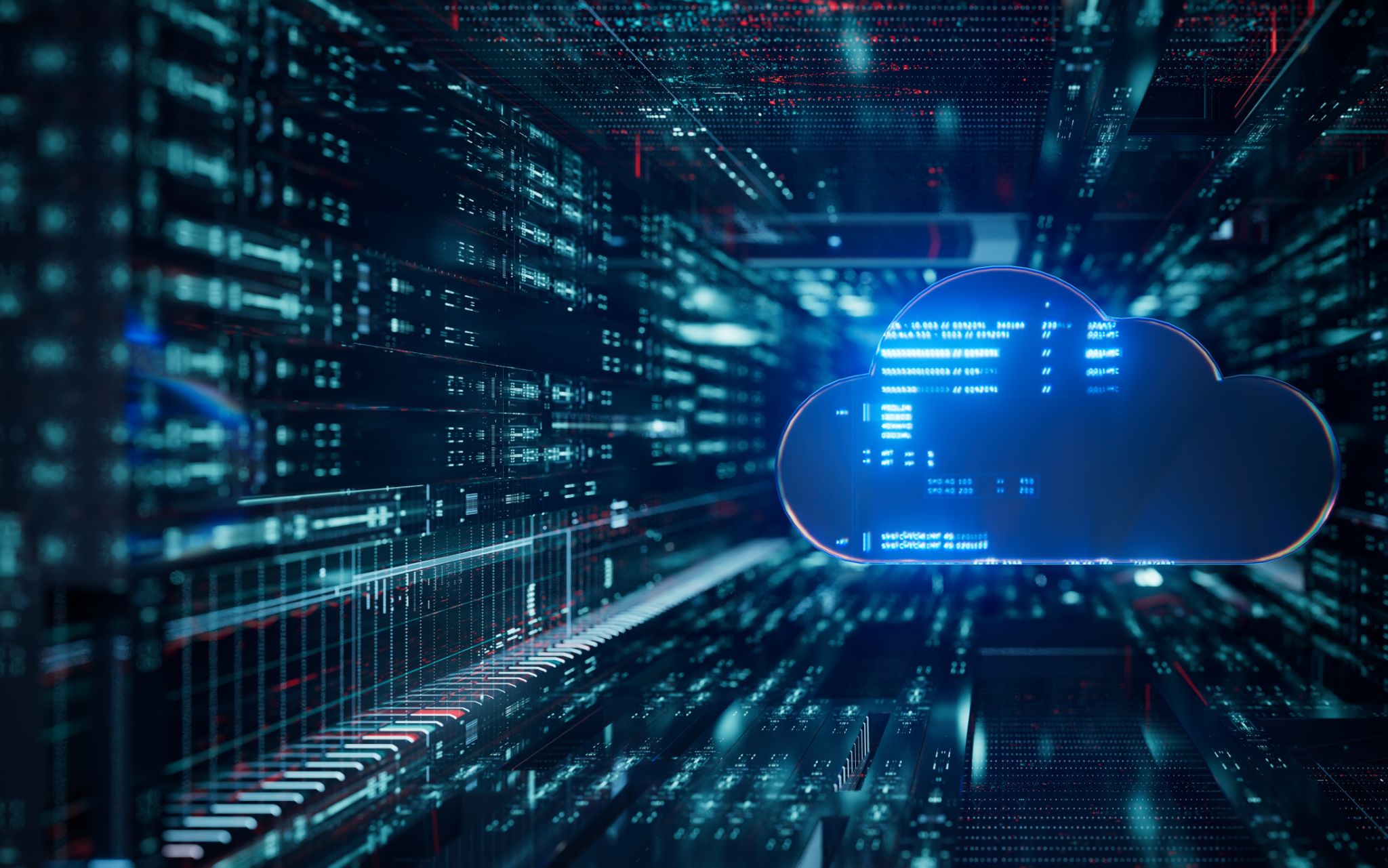Current Trends in Remote Administration Tasks: What Businesses Need to Know
Understanding Remote Administration
Remote administration tasks have rapidly evolved, becoming a cornerstone of modern business operations. With the shift toward digital workspaces, businesses must adapt to remote administration strategies to remain competitive. This involves employing tools and techniques that allow administrators to manage IT systems, networks, and user support from any location.
One of the critical trends in remote administration is the growing reliance on cloud-based solutions. These platforms not only facilitate remote monitoring but also enhance collaboration among team members by providing real-time access to essential data and tools. As a result, businesses can maintain productivity regardless of where their employees are located.

The Rise of Automation
Automation is another trend shaping the landscape of remote administration. By automating routine tasks, companies can streamline operations and reduce the margin for human error. Automation tools enable IT teams to focus on more strategic initiatives, enhancing overall organizational efficiency.
Key areas where automation is making an impact include software updates, security monitoring, and user account management. Automated systems can quickly identify and rectify issues, minimizing downtime and ensuring that the business runs smoothly.
Security Concerns
As businesses embrace remote administration, cybersecurity becomes a top priority. The increase in remote work has expanded the attack surface for cyber threats, making it essential for companies to implement robust security measures. This includes using end-to-end encryption, multi-factor authentication, and regular security audits to protect sensitive data.

Collaboration Tools and Platforms
The effectiveness of remote administration heavily relies on the use of collaboration tools and platforms. These technologies facilitate communication and coordination among distributed teams, making it easier to manage projects and resolve issues promptly. Popular tools like Slack, Microsoft Teams, and Zoom have become indispensable for businesses aiming to maintain seamless operations.
Moreover, these platforms often integrate with other applications, creating a cohesive ecosystem that supports various administrative functions. By leveraging these integrations, businesses can enhance their remote management capabilities and foster a more connected workforce.
Training and Skill Development
To maximize the benefits of remote administration, businesses need to invest in training and skill development for their staff. This ensures that employees are well-versed in the latest technologies and methodologies, allowing them to adapt quickly to changes in the digital landscape. Continuous learning programs are crucial in keeping staff up-to-date with industry advancements.

The Future of Remote Administration
Looking ahead, the future of remote administration tasks is likely to be shaped by advancements in artificial intelligence (AI) and machine learning (ML). These technologies hold the potential to further automate complex processes and provide predictive insights that enable proactive decision-making.
As AI and ML continue to mature, businesses will be able to leverage these innovations to optimize their remote administration strategies. This will allow for more efficient resource allocation and improved operational resilience.
In conclusion, staying informed about current trends in remote administration is vital for businesses wanting to thrive in an increasingly digital world. By embracing cloud-based solutions, automation, robust security practices, collaboration tools, and continuous learning, companies can ensure they are well-equipped to manage the demands of remote work effectively.